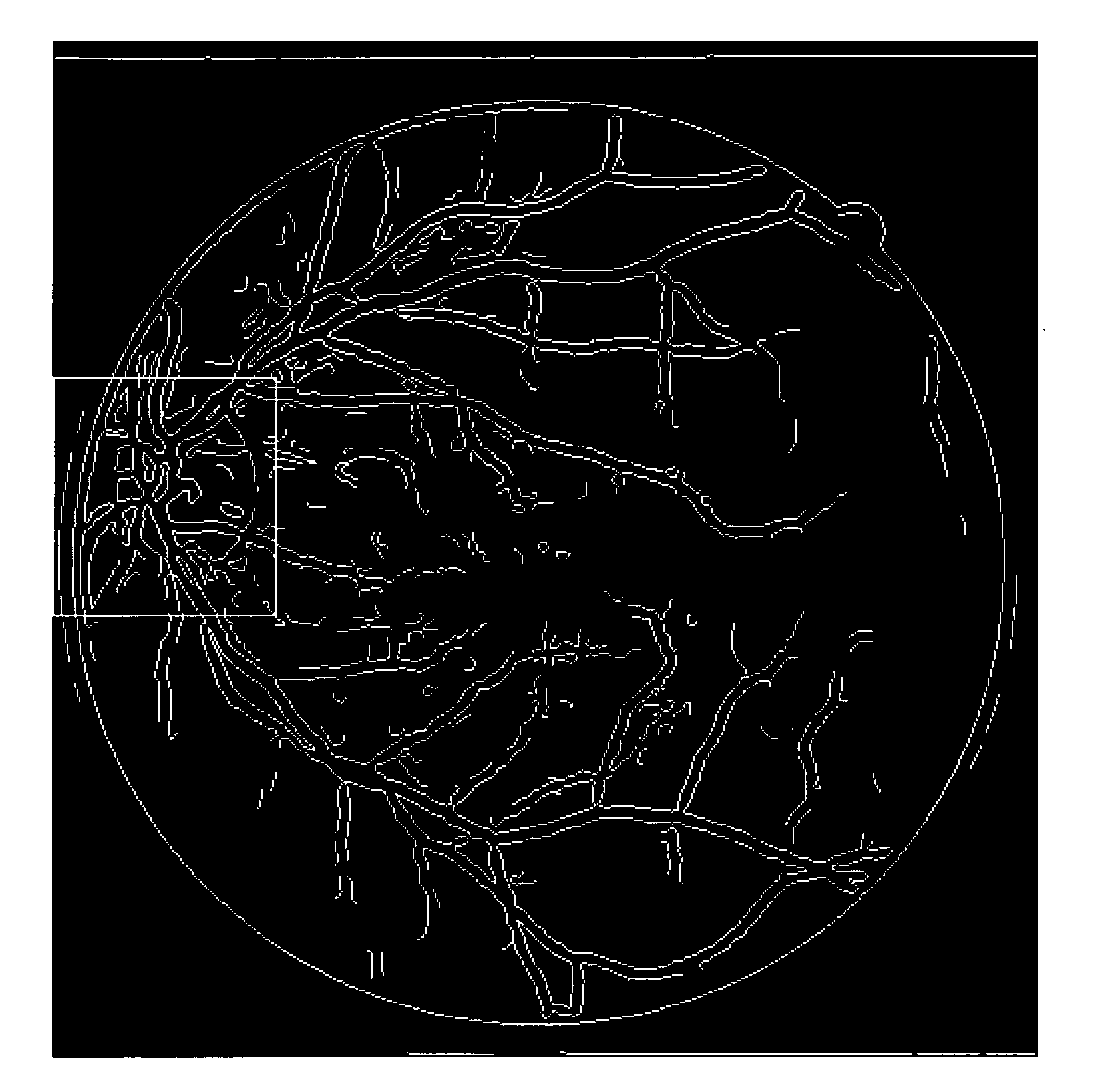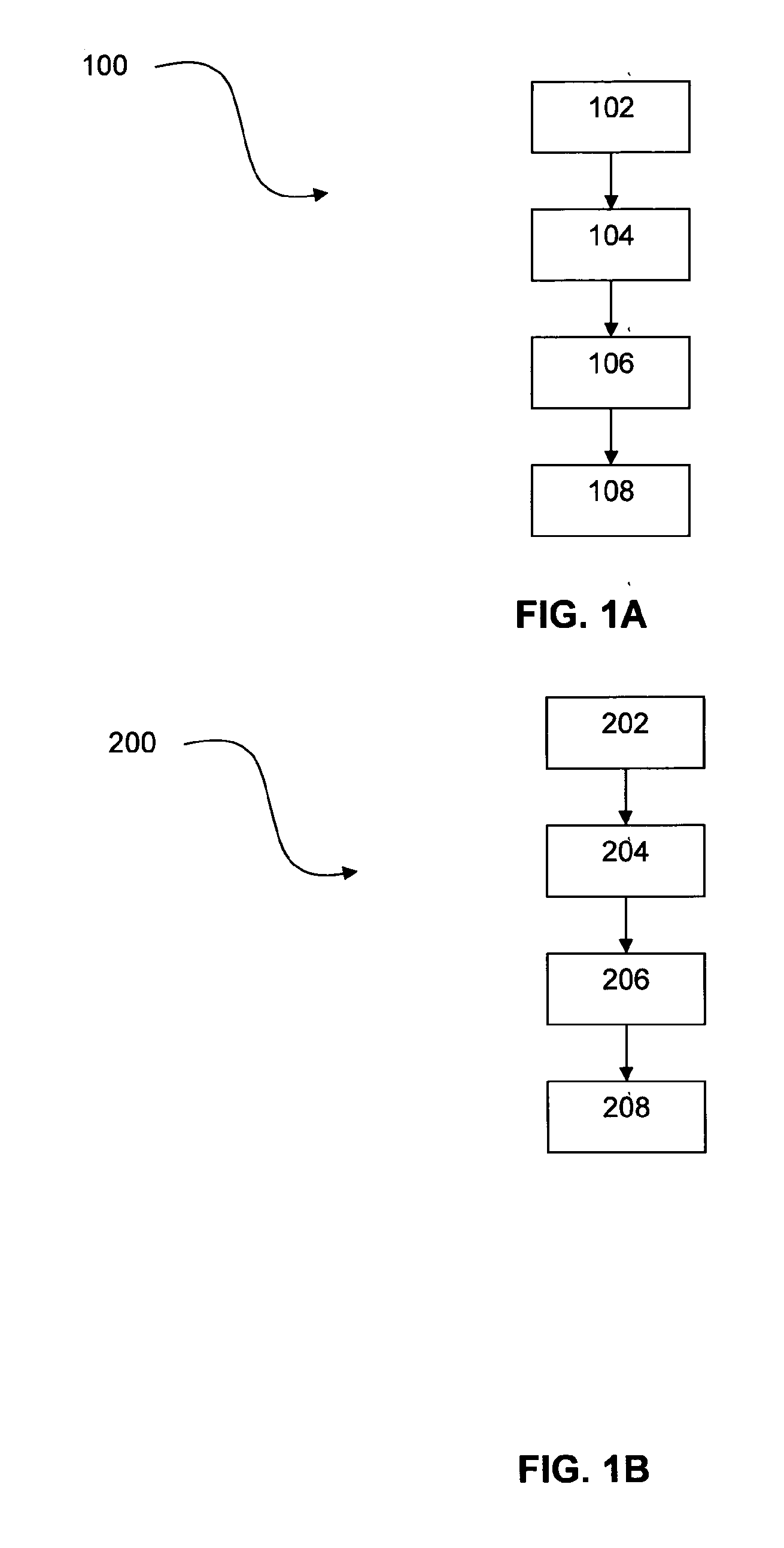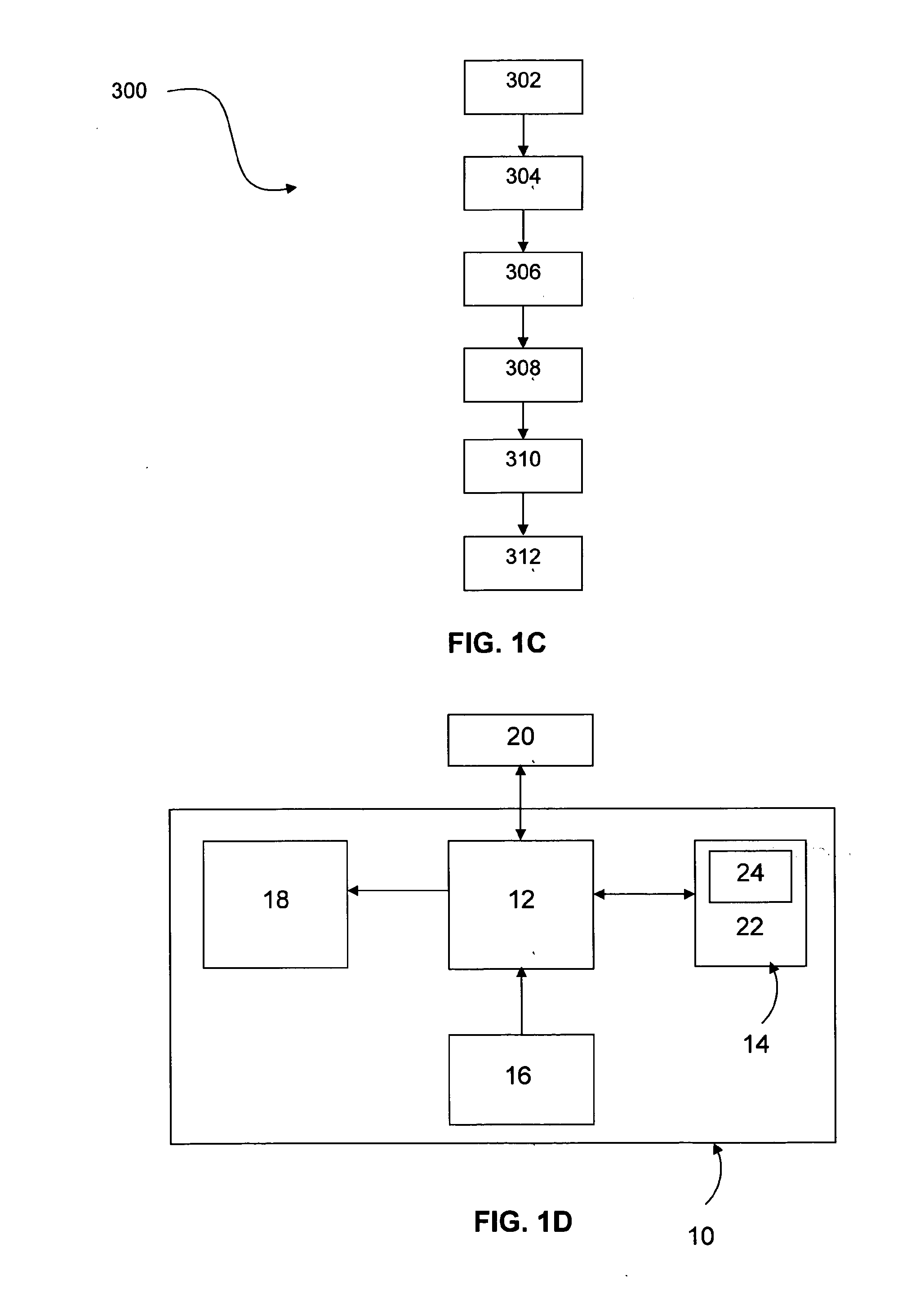Feature Detection And Measurement In Retinal Images
a technology of retinal image and feature detection, applied in the field of retinal image feature detection and measurement, can solve the problems of inconsistency, human error, time-consuming, costly, and inability to detect features in retinal images, and achieve the effects of reducing the risk of stroke, and reducing the accuracy of retinal image detection
- Summary
- Abstract
- Description
- Claims
- Application Information
AI Technical Summary
Benefits of technology
Problems solved by technology
Method used
Image
Examples
Embodiment Construction
[0136]The invention relates, at least in part, to methods for detecting features in a retinal image. The present inventors have provided novel and inventive methods for detecting the optic disc or the vessel central reflex and / or measuring the optic disc centre, optic disc radius, vessel calibre and / or vessel central reflex.
[0137]As used herein “optic disc” or “OD” refers to the entrance of the vessels and optic nerve into the retina. It appears in colour fundus images as a bright yellowish or white region or disc. Its shape is more or less circular, interrupted by outgoing vessels. The OD is the origin of all retinal vessels and one of the most prominent objects in a human retina. The OD generally has a vertical oval shape, with average dimensions of 1.79±0.27 mm horizontally by 1.97±0.29 mm vertically. While these are average dimensions, the size of the OD may vary from person to person.
[0138]The OD is one of the most important features in a retinal image and can be used for many ...
PUM
 Login to View More
Login to View More Abstract
Description
Claims
Application Information
 Login to View More
Login to View More - R&D
- Intellectual Property
- Life Sciences
- Materials
- Tech Scout
- Unparalleled Data Quality
- Higher Quality Content
- 60% Fewer Hallucinations
Browse by: Latest US Patents, China's latest patents, Technical Efficacy Thesaurus, Application Domain, Technology Topic, Popular Technical Reports.
© 2025 PatSnap. All rights reserved.Legal|Privacy policy|Modern Slavery Act Transparency Statement|Sitemap|About US| Contact US: help@patsnap.com



